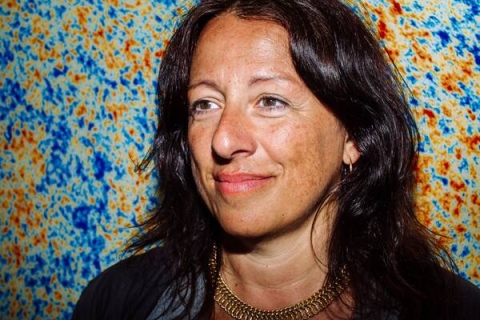

Claudia Maraston, Professor of Astrophysics, has been named as one of the world's top physicists
22 July 2022
2 min read
Claudia Maraston, Professor of Astrophysics in the Institute of Cosmology and Gravitation, has been named as one of the world's top physicists.
Professor Maraston has been recognised by Research.com, a prominent academic platform for scientists, in their 2022 Ranking of Top 1000 Scientists in the area of Physics.
The ranking is constructed using the H-index data gathered by Microsoft Academic and includes only prominent scientists with an H-index of at least 70 for scientific papers published in the field of Physics. Professor Maraston was ranked at 715 in the world and 69 for UK physicists.
I cannot even imagine the wealth of discoveries that James Webb will allow and to be part of the project with the largest granted time on the telescope is just amazing. I cannot wait to place my models on those data and discover the physics of primordial galaxies.
Claudia Maraston, Professor of Astrophysics
Professor Maraston said: “I am extremely proud to receive this recognition, which stems from years of work on several different fronts in parallel, spanning from large collaborative efforts to single or few-authors projects. It is recognition of my world-leading profile, which reflects ICG’s global reputation for research and helps boosts the University’s international standing for Physics research, particularly after such excellent results for Physics in the recent REF.”
Professor Maraston is known for theoretical models for the expected energy emission and mass of galaxies including innovative prescriptions of stellar evolution, which raised strong interest and a vivid debate, and stimulated further work from international groups.
In 2018, she was awarded the Eddington Medal for Astronomy by the Royal Astronomical Society for ‘investigations of outstanding merit in theoretical astrophysics’. Previous recipients of the award include Stephen Hawking and Roger Penrose. Claudia is only the second female scientist to receive the award since its inception in 1953.
